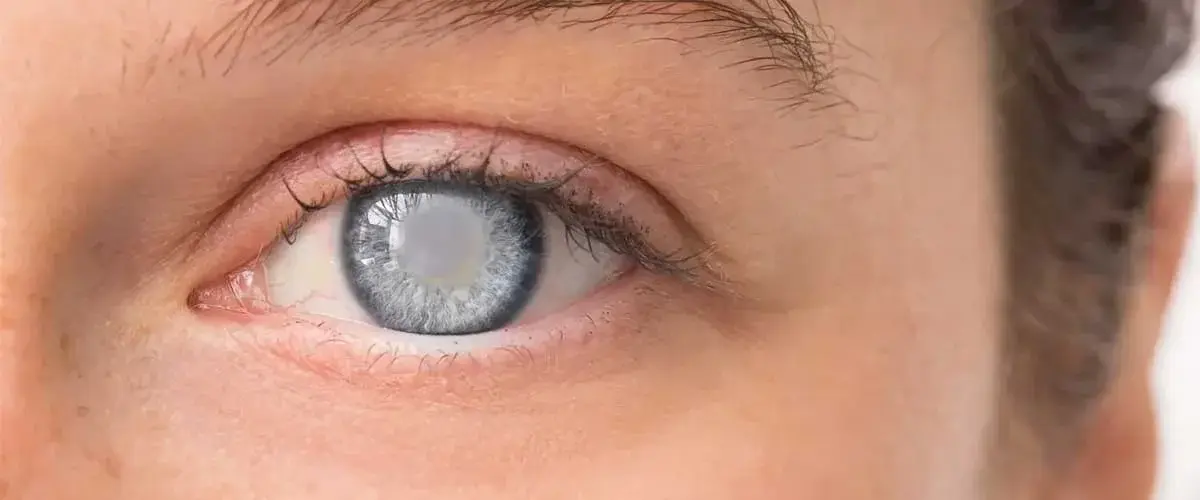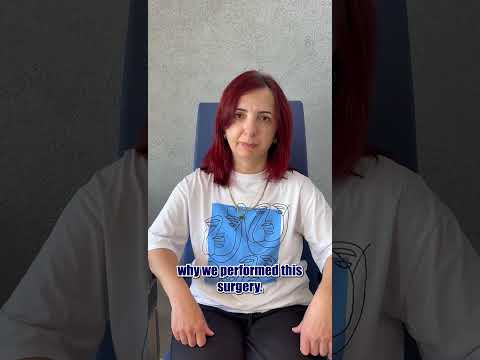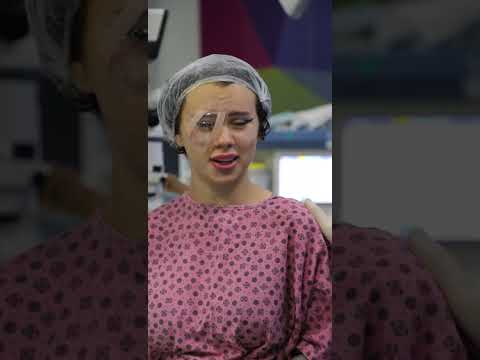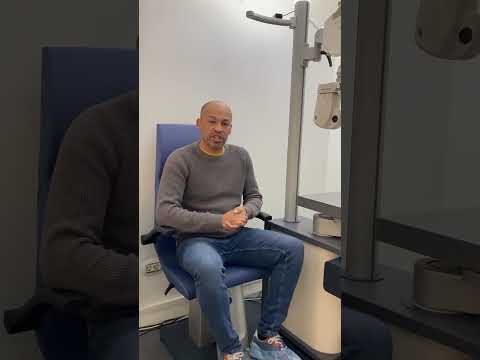Cataract is the name of the condition that occurs when the lens inside the eye loses its transparency. Normally, our clear lens helps focus light onto the retina by refracting incoming light. However, when a cataract develops, the lens becomes cloudy, its refractive ability changes, and a blurred image is formed.
What Causes Cataract?
The most common known cause of cataract is aging, but cataracts can develop at any age, including the newborn period. Other causes of cataract include genetic predisposition, diabetes, long-term use of corticosteroid medications, uveitis, and glaucoma.
What Are the Symptoms of Cataract?
The most prominent symptom of cataract is a decrease in vision. In individuals over the age of 60, frequent changes in prescription, worsening of distance vision, and a relative improvement in near vision are signs of cataract. As the transparency of the lens decreases, there is a significant decline in visual quality. Sometimes, if cataract develops in only one eye, the patient may not notice it, especially if the other eye sees well. We recommend patients occasionally test each eye separately by closing one eye at a time.
Treatment of Cataract
The only known treatment for cataract is surgery. Cataract surgery is the most commonly performed surgical procedure worldwide.
When Should Cataract Be Treated?
Cataract surgery should be performed without delay once the patient’s vision begins to affect their quality of life. In the past, patients were advised to wait until the cataract matured, but thanks to advanced devices and modern intraocular lenses, surgery can now be performed before the cataract reaches that stage.
How Is Cataract Surgery Performed?
Cataract surgery is performed under local anesthesia using the phacoemulsification method, where the natural lens is broken up and removed with the help of ultrasound energy. With Femtosecond Laser technology, one-third of the procedure can also be carried out with laser assistance.
What Types of Lenses Are Preferred in Cataract Surgery?
The artificial lenses to be implanted during cataract surgery are carefully selected using special formulas, tailored to the individual and aimed at minimizing dependence on glasses. The available lens types include:
-
Monofocal lenses
-
EDOF lenses
-
Trifocal (smart lenses)
-
All with toric options for correcting astigmatism
Monofocal Lenses
As the name suggests, monofocal lenses have a single focal point. When using these lenses, the patient will not need glasses for distance vision but will require glasses for near vision. Toric versions of monofocal lenses are also available for patients with astigmatism.
EDOF Lenses (Next-Generation Smart Lenses)
Also known as next-generation smart lenses, EDOF lenses have two focal points: distance and intermediate. With these lenses, patients typically do not need glasses for distance or intermediate tasks, such as driving and using a computer at a desk (45–60 cm). However, they may still need reading glasses for very small text, such as package inserts. EDOF lenses also come in toric options for astigmatism correction.
Trifocal (Smart) Lenses
As the name implies, trifocal lenses have three focal points. With these smart lenses, patients usually do not require glasses for distance, intermediate, or near vision after surgery. These lenses also have toric options for individuals with astigmatism.












